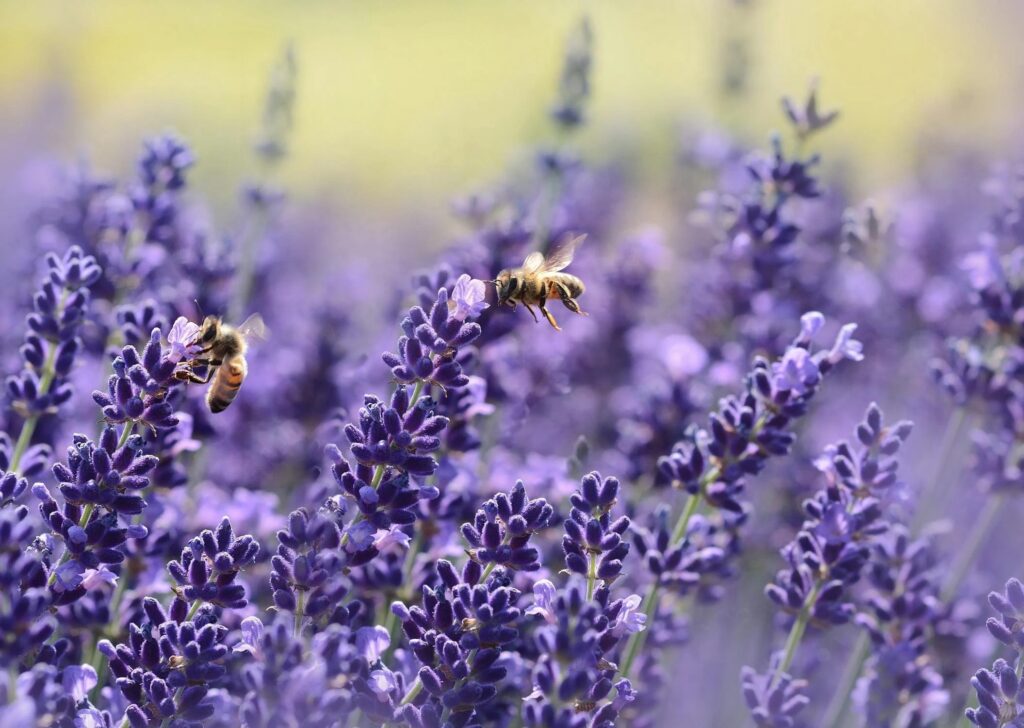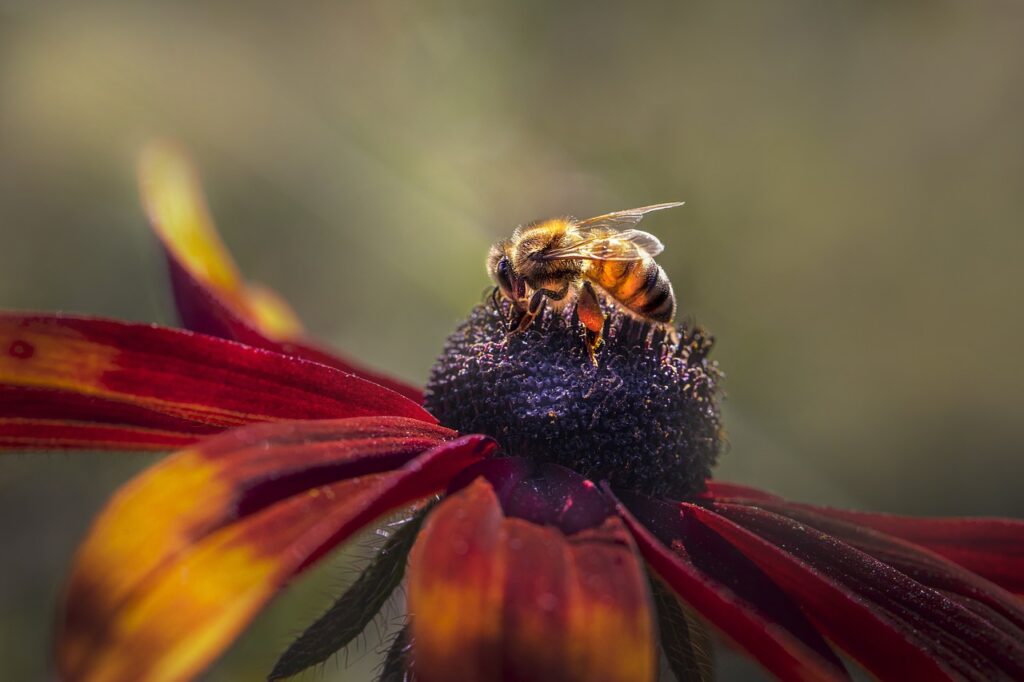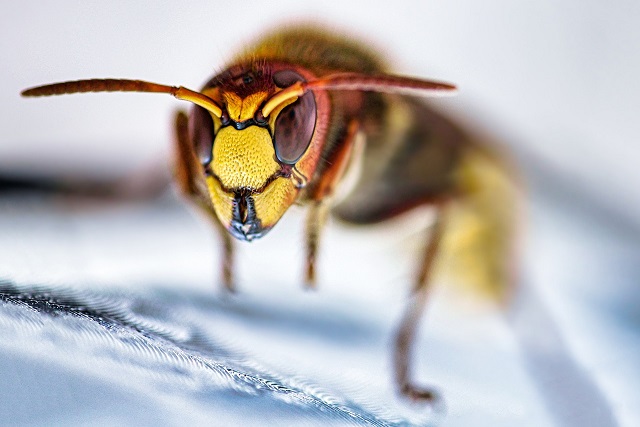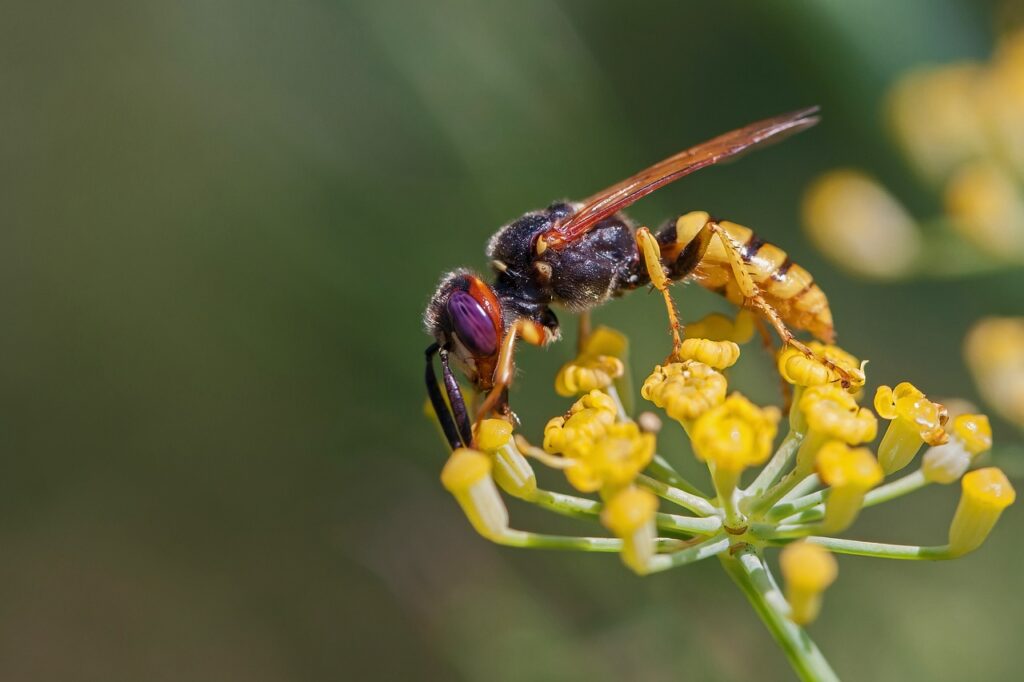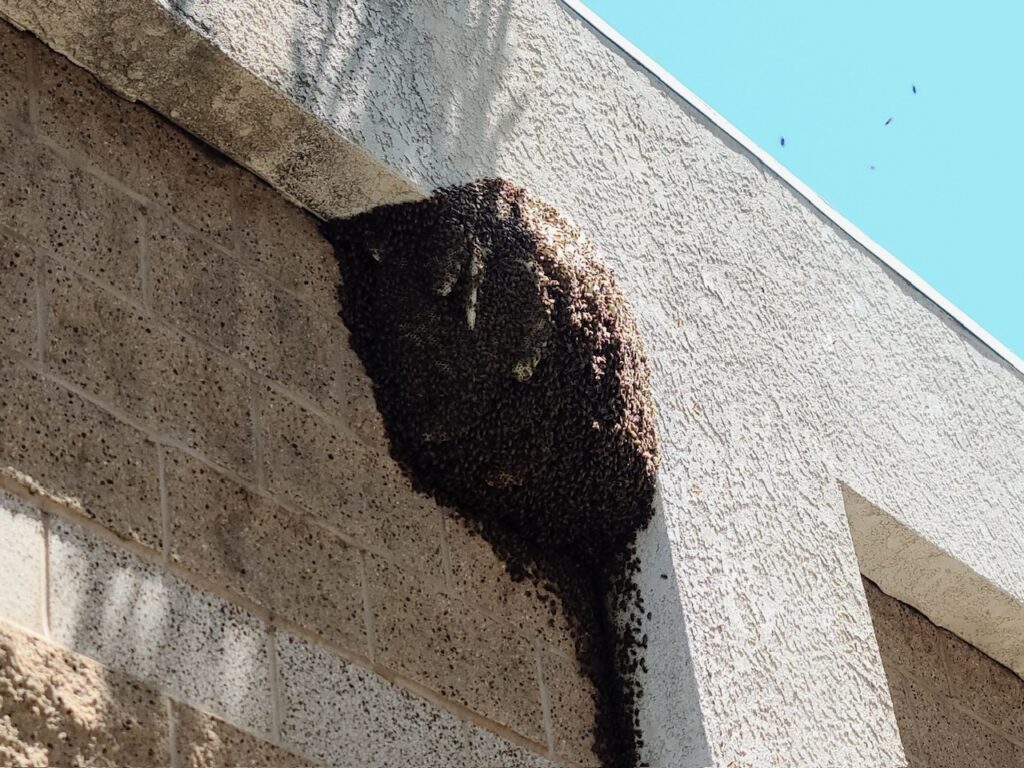Bee News
How many bees are in a swarm?



When the sun shines brightly over Orange County, California, it’s not just the beaches that come alive. The local bee population often takes center stage during warmer months, particularly when swarming occurs. A bee swarm can appear like a living, buzzing cloud, and it often raises questions and curiosity among residents. One vital aspect of understanding these swarms is their size, which can vary significantly based on environmental factors.
So, how many bees are typically found in a swarm? In Orange County, you might encounter anywhere from 2,000 to 10,000 bees forming a single swarm. Yes, you read that correctly! That’s a remarkable concentration of bees, all working in concert to ensure the survival of their colony at a critical moment in their lifecycle.
Swarming is a natural reproductive strategy for honeybees, typically occurring in spring and early summer when conditions are optimal. As the colony grows, space becomes limited, and resources are abundant. This triggers the queen bee to lay eggs that will develop into new queens. Meanwhile, the worker bees prepare to reestablish their colony elsewhere by creating a batch of queens.
Once the new queens emerge, the old queen leaves the hive with a portion of the worker bees to form a swarm. This departure is a calculated decision, allowing the original colony to thrive and grow, while the swarm seeks out a new location where they can settle and establish themselves.
The size of a bee swarm can depend on a variety of factors, with rainfall and flowering cycles being among the most significant.
1. Rainfall: In regions like Orange County, rainfall patterns greatly affect flora and, consequently, bee populations. A wet spring can lead to a bounty of blooming flowers, providing bees with plenty of nectar and pollen. When resources are plentiful, a colony may produce more bees, resulting in larger swarms. Conversely, if rainfall is scarce, the floral resources available become limited, leading to smaller swarms.
2. Flowering Months: The timing and duration of flowering months play a crucial role in determining swarm sizes. In Orange County, the blooming cycle of local flora can coincide perfectly with the swarming season, allowing bees to gather sufficient nutrition. If flowering is early and abundant, it can stimulate larger swarms.
When a swarm takes flight, it is an awe-inspiring sight. The bees cluster around their queen, forming a protective ball. They guide her to potential new homes, often trees or buildings, as they scout for an ideal location. During this period, the swarm may temporarily rest before moving to a more permanent dwelling.
While swarming can be alarming to those unfamiliar with bees, it’s essential to recognize that bees are typically gentle during this process. They seek to defend their queen and are more preoccupied with finding a new home than engaging with potential threats.
Understanding the dynamics of bee swarms in Orange County sheds light on the natural behaviors of these vital pollinators. With roughly 2,000 to 10,000 bees in a swarm, their size fluctuates based on environmental conditions, such as rainfall and flowering months. These swarming events are an essential aspect of a bee colony’s life cycle, serving as a remarkable phenomenon that highlights the complexity and resilience of nature. So, the next time you see a swarm of bees buzzing through your neighborhood, remember the extraordinary journey they are on and the role they play in our ecosystem!








